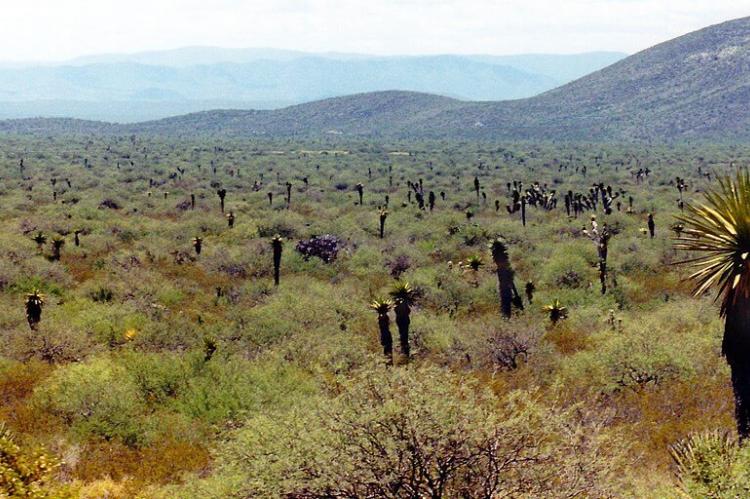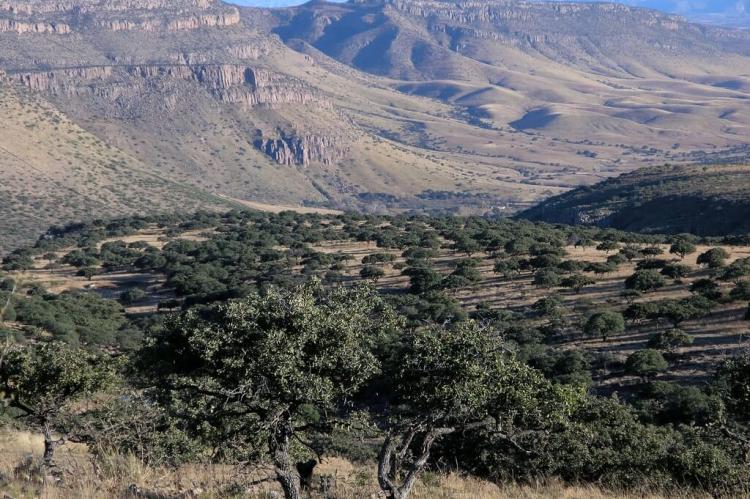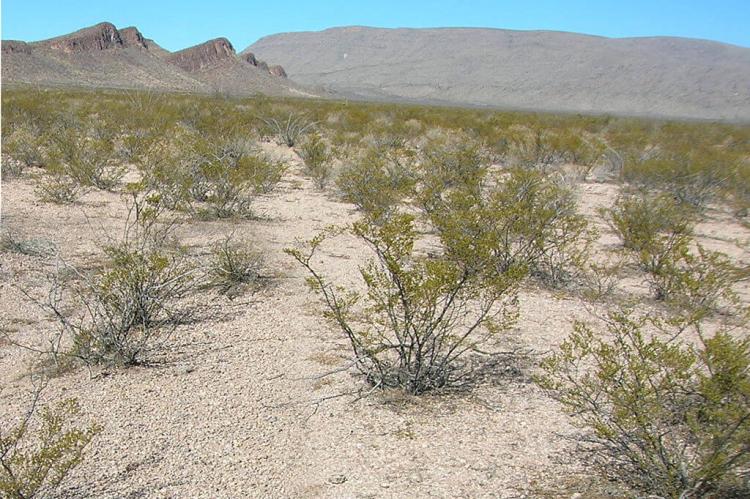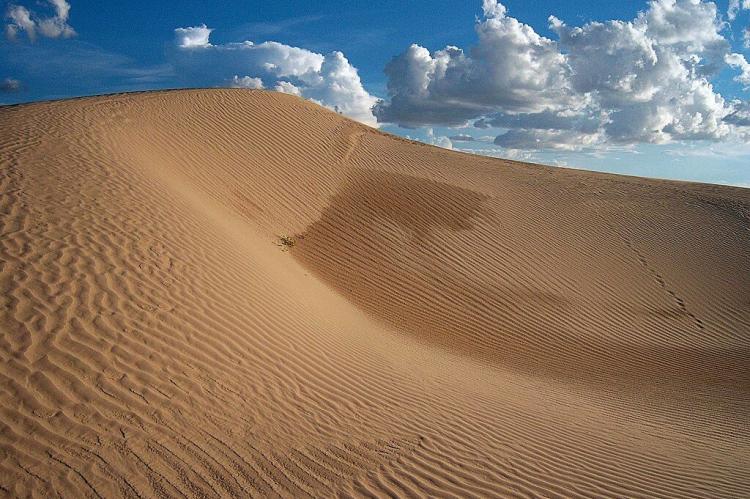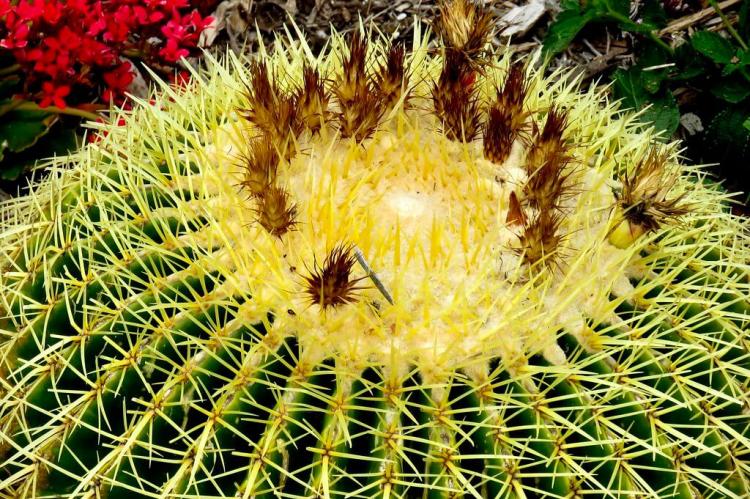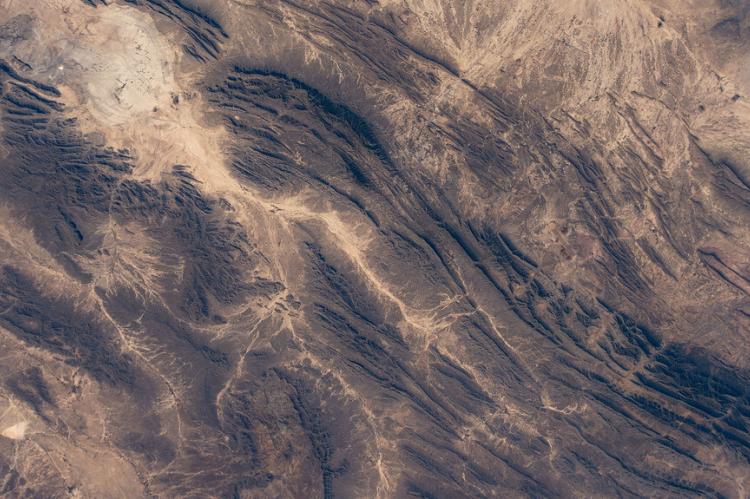The Chihuahuan Desert: Discovering the Rich Landscape of North America's Largest Desert
The Chihuahuan Desert is North America's largest desert ecoregion, extending across the southwestern US and Central Mexico. It's a rain shadow desert bordered by two mountain ranges and is home to unique endemic species. The region boasts a variety of landscapes, from grasslands to shrublands.
The Chihuahuan Desert
Discovering the Rich Landscape of North America's Largest Desert
The Chihuahuan Desert is North America's largest desert ecoregion. It spreads across the southwestern United States and deeply penetrates the Central Mexican Plateau. The region covers vast expanses in the Mexican states of Chihuahua, northwest Coahuila, and northeast Durango. It also extends into areas such as San Luis Potosi, Queretaro, and Hidalgo, forming disjunct islands of Chihuahuan vegetation.
The ecoregion is bounded on the west by the Sonoran Desert, on the north by the Arizona Mountain Forests, Colorado Plateau Shrublands, and Western Shortgrass Prairie, on the east by the latter and the Edwards Plateau Savanna, Sierra Madre Oriental Pine-oak Forests, and Tamaulipan Mezquital. It is also bounded on the south by the Meseta Central Matorral.
Geographical Features and Mountainous Borders
Bounded by the Sierra Madre Occidental to the west and the Sierra Madre Oriental to the east, the Chihuahuan Desert boasts several extensive mountain ranges, including the Sierra Madre and the Sierra del Carmen in Mexico, creating unique "sky islands." These elevated havens harbor more relaxed, wetter climates within or adjacent to the arid desert, fostering diverse ecosystems.
Rain Shadow Dynamics and Unique Ecoregion
Primarily a rain shadow desert, the Chihuahuan Desert experiences limited moisture due to the obstructive forces of the Sierra Madre Occidental from the Pacific Ocean and the Sierra Madre Oriental from the Gulf of Mexico. This rain shadow effect has shaped the desert's distinctive characteristics.
The Chihuahuan Desert stands out as an ecoregion of remarkable biodiversity. Sheltered from the influences of neighboring arid regions, such as the Sonoran Desert, by the imposing Sierra Madres, this isolation has fueled the evolution of numerous endemic species. It hosts some of the last remaining populations of Mexican prairie dogs, wild American bison, and pronghorn antelope.
Diverse Topography and Climatic Variations
The Chihuahuan Desert ecoregion reveals a diverse landscape of basins and ranges, with a central highland extending from Socorro, New Mexico, to Zacatecas, Mexico. Most of the region lies at an elevation of 1,100 to 1,500 meters (3,600 to 4,900 feet), providing a varied topography influencing climate and ecosystems.
The desert experiences a semi-humid tropical climate with two distinct seasons: a dry summer and occasional winter rains. While daytime temperatures in June typically range from 35 to 40 °C (95 to 104 °F), the slightly milder climate than the Sonoran Desert results in cool or cold winters with occasional frosts. The average annual temperature hovers around 24 °C (75 °F), varying with altitude.
Flora: Adapting to Arid Realities
Creosote bush (Larrea tridentata) dominates valley areas, while Viscid acacia (Acacia neovernicosa) and tarbush (Flourensia cernua) thrive in northern environs. Yucca, Opuntia species, Arizona rainbow cactus (Echinocereus polyacanthus), and Mexican fire-barrel cactus (Ferocactus pilosus) adorn the foothill edges and the central third. Herbaceous plants like bush muhly (Muhlenbergia porteri), blue grama (Bouteloua gracilis), and gypsum grama (B. breviseta) dominate desert grasslands.
Gallery forests near the Sierra Madre Oriental host unique vegetation, including lechuguilla, guapilla (Hechtia glomerata), Queen Victoria's agave (Agave victoriae-reginae), sotol (Dasylirion spp.), and barreta (Helietta parvifolia).
Fauna: A Symphony of Desert Life
The Chihuahuan Desert teems with diverse fauna. Mammals such as pronghorn antelope, mule deer, grey fox, jaguar, collared peccary, desert cottontail, black-tailed jackrabbit, and various rodent species call this desert home. Notably, the ecoregion supports a small but critical population of the endangered American bison and Mexican prairie dog.
Avifauna: Wings Across the Arid Expanse
Bird species like the greater roadrunner, curve-billed thrasher, scaled quail, Scott's oriole, black-throated sparrow, and cactus wren are common inhabitants. Numerous raptors add to the avian richness, including the great horned owl, elf owl, burrowing owl, Aplomado falcon, red-tailed hawk, and zone-tailed hawk.
In conclusion, the Chihuahuan Desert is a captivating canvas where geographical features, climatic intricacies, and abundant flora and fauna converge to create an unparalleled ecosystem. This expansive desert region beckons exploration and underscores the importance of conservation efforts to preserve its unique biodiversity.
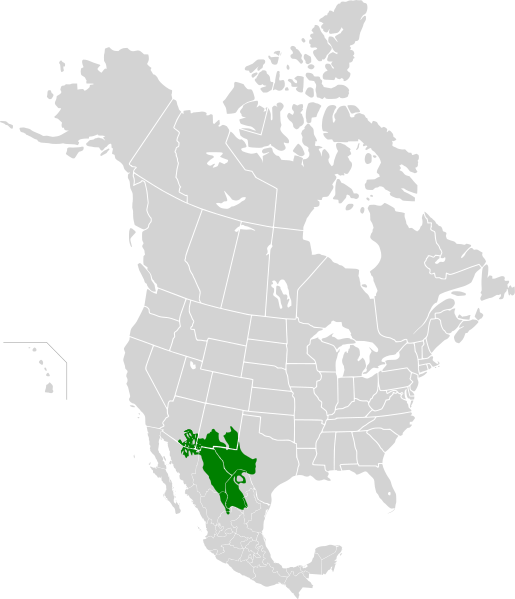
Map depicting the location of the Chihuahuan Desert ecoregion (in green).
